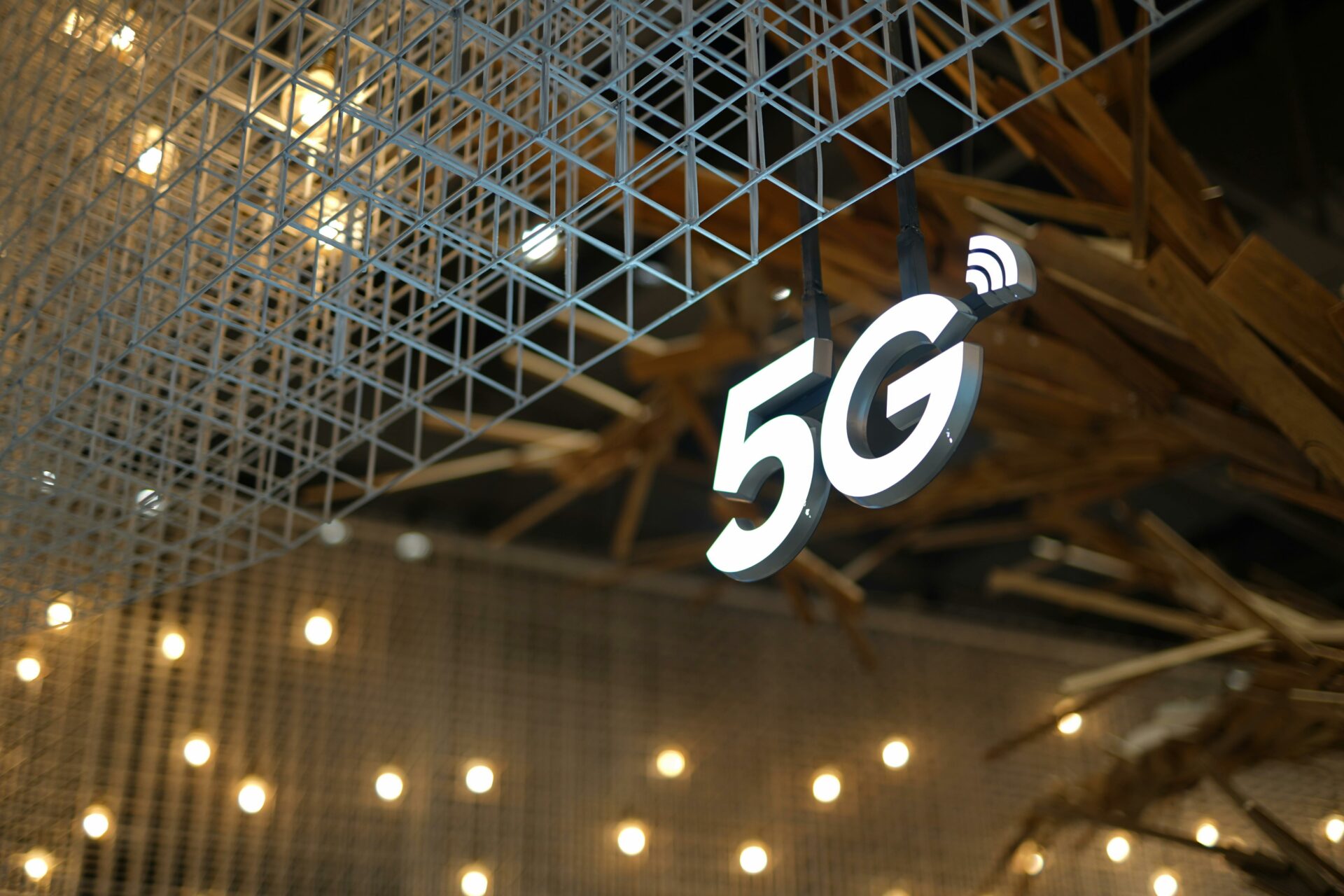
Beyond speed: How 5G will redefine connectivity and digital infrastructure
5G represents a significant evolution in wireless communication, moving beyond incremental speed gains to deliver a new network architecture optimised for low latency, high device density, and ultra-reliable data transmission. It’s not just a telecom upgrade; it’s an enabler of real-time systems, edge computing, and massive-scale IoT deployments across virtually every sector.
A shift in network design and performance
At its core, 5G is built on a distributed architecture that leverages small cell deployments, beamforming, and network slicing. These advancements enable sub-10ms latency (and potentially as low as 1ms in ideal conditions), up to 10 Gbps peak data rates, and support for over one million connected devices per square kilometre.
The use of millimetre wave (mmWave) spectrum bands, in combination with sub-6 GHz frequencies, provides both high capacity and broad coverage. Carrier aggregation and Massive MIMO (Multiple Input, Multiple Output) further enhance spectral efficiency and throughput.
Unlike 4G LTE, which was primarily optimised for mobile broadband, 5G has been architected to support three core use cases defined by the ITU: enhanced Mobile Broadband (eMBB), Ultra-Reliable Low-Latency Communication (URLLC), and massive Machine-Type Communication (mMTC).
Real-world applications in consumer environments
For consumers, these capabilities translate into more than just faster video streaming. Low-latency, high-bandwidth connectivity makes cloud-based gaming platforms viable at scale, with gameplay responsiveness rivalling that of locally installed software. Augmented and virtual reality applications, which previously struggled with latency and motion lag, will become more immersive and responsive.
Fixed Wireless Access (FWA) is another emerging use case, offering a high-speed broadband alternative in areas underserved by fibre or NBN infrastructure. 5G’s performance can deliver consistent gigabit-class speeds to homes and small businesses without requiring costly trenching or physical cabling.
Industrial use cases and edge integration
Industries are already beginning to integrate 5G into operational frameworks. In advanced manufacturing, 5G enables real-time control of autonomous robots, AGVs (Automated Guided Vehicles), and digital twin models by synchronising data from factory floor sensors via edge computing.
Healthcare environments are testing 5G for remote diagnostics, real-time telemetry, and eventually telesurgery, where milliseconds matter. The ultra-reliable low-latency profile of 5G is critical in these high-stakes scenarios.
Logistics providers are using 5G-enabled IoT devices to track fleet movement, monitor environmental conditions (such as temperature and humidity for cold-chain logistics), and dynamically optimise routes in real time. In agriculture, connected sensors and drones are enabling site-specific crop management, automated irrigation systems, and livestock monitoring driven by machine learning models operating on edge nodes.
Network deployment and adoption barriers
Despite its potential, widespread adoption of 5G faces several technical and logistical challenges. Dense small cell infrastructure must be installed to support mmWave frequencies, particularly in urban environments. Backhaul capacity must also be expanded, often via fibre to avoid bottlenecks between base stations and the core network.
Spectrum availability varies significantly by region, and regulatory frameworks must adapt to enable dynamic spectrum sharing and network slicing for enterprise use cases. Security is another key consideration: with the proliferation of connected devices and decentralised computers, attack surfaces increase. Encryption, identity management and network segmentation will all be critical in securing 5G networks.
In regional and remote areas, economic viability remains a hurdle. While telcos can deploy sub-6 GHz bands for broader reach, these networks may not offer the full suite of 5G features. Hybrid deployments and public–private partnerships may be required to bridge the digital divide.
The future of connected systems
5G is laying the groundwork for a new generation of services and infrastructure. As networks mature and become integrated with edge computing, AI, and private 5G environments, the line between physical and digital systems will continue to blur.
We can expect to see the convergence of connectivity, real-time data, and automation transform everything from traffic systems and energy grids to remote asset management and immersive customer experiences. The real impact of 5G will not come from speed tests or download times, but from the complex, responsive systems it makes possible.
